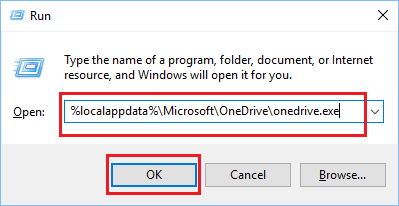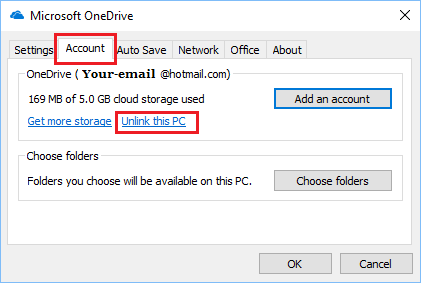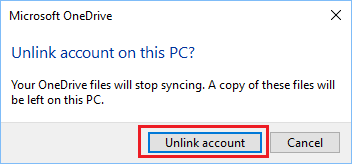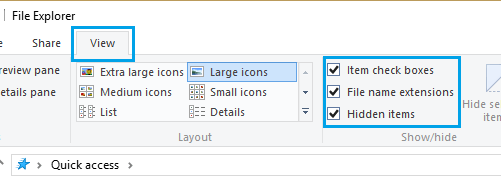If your computer is suffering from High CPU Usage by OneDrive, the problem is usually due to the default tendency of OneDrive to startup with the computer and keep running in the background.
While the problem of High CPU Usage by OneDrive is more common on older and budget computers with low RAM and CPU, it can also occur on computers equipped with high RAM and processing power.
High CPU Usage By OneDrive in Windows 11/10
You can find below a number of methods to fix the problem of High CPU Usage by OneDrive and it is recommended that you follow these methods in the same order as provided below.
1. Stop OneDrive from Starting Up
As mentioned above, the most common reason for High CPU Usage by OneDrive is due to its default tendency to startup automatically with the computer and keep running in the background.
Hence, the easiest way to prevent OneDrive from using up resources on your computer is to stop OneDrive from starting up with the computer.
You can find the steps to stop OneDrive from starting up in this guide: Stop OneDrive From Opening at Startup in Windows 11/10.
2. Uninstall OneDrive
If you are using another cloud storage service and unlikely to use OneDrive, you can consider the option of uninstalling the OneDrive app from your computer.
You can find the steps remove or Uninstall OneDrive from your computer in this guide: How to Disable or Uninstall OneDrive in Windows 11/10.
If you change your mind or find the need to use OneDrive, you can reninstall OneDrive at any time on your computer.
3. Restart OneDrive
Just like restarting the computer, restarting any app, program or service has the potential to clear stuck programs, which might be causing the High CPU usage problem on your computer.
1. Right click on the Start Button and click on Task Manager.
2. On the Task Manager screen, right-click on Microsoft OneDrive Setup and click on End Task.

3. After this, Restart OneDrive and see if it is still causing High CPU Usage problem on your computer.
4. Reset OneDrive
If OneDrive is constantly consuming about 10 to 20% CPU, the problem can often by fixed by Resetting OneDrive service.
1. Right-click on the Start button and click on Run.
2. In the Run Command window, type %localappdata%\Microsoft\OneDrive\onedrive.exe /reset and click on OK.

Once you click on OK, you will see the OneDrive Icon in the system tray disappearing and then re-appearing after a while (Can take 60 seconds or more).
3. If OneDrive Icon does not appear in the System Tray, type %localappdata%\Microsoft\OneDrive\onedrive.exe in the Run Command windows and click on OK.

4. After this, monitor CPU Usage by OneDrive on your computer by going to the Task Manager.
5. Unlink OneDrive
Yet Another solution for High CPU Usage by OneDrive is to unlink your current OneDrive Account from OneDrive app and link it back again.
1. Click on System Tray Icon > right-click on OneDrive Icon and select Settings in the menu that appears.
![]()
2. On the OneDrive settings screen, switch to Account tab and click on Unlink this PC link.

3. On the confirmation pop-up, click on Unlink Account button to confirm.

Restart the computer > Login to OneDrive and monitor CPU Usage by OneDrive.
6. Delete OneDrive Setup Files
The problem of High CPU Usage by OneDrive is also due to OneDrive constantly trying to complete File Operations that are failing due to non-English characters in Account Usernames or in File Profile Paths.
This problem can be fixed by deleting specific hidden files on your computer and for this you need to enable the option to View Hidden Files on your computer.
1. Open File Explorer > click on the View Tab and check the option for Hidden items.

2. Next, navigate to C:\Users\Admin\AppData\Local\Microsoft\OneDrive\setup\logs > Scroll down to bottom and delete userTelemetryCache.otc and userTelemetryCache.otc.session files.

3. After deleting the files go to C:\Users\Admin\AppData\Local\Microsoft\OneDrive and double-click on OneDrive.exe file.

After this, you should find CPU usage by OneDrive being drastically reduced on your computer.